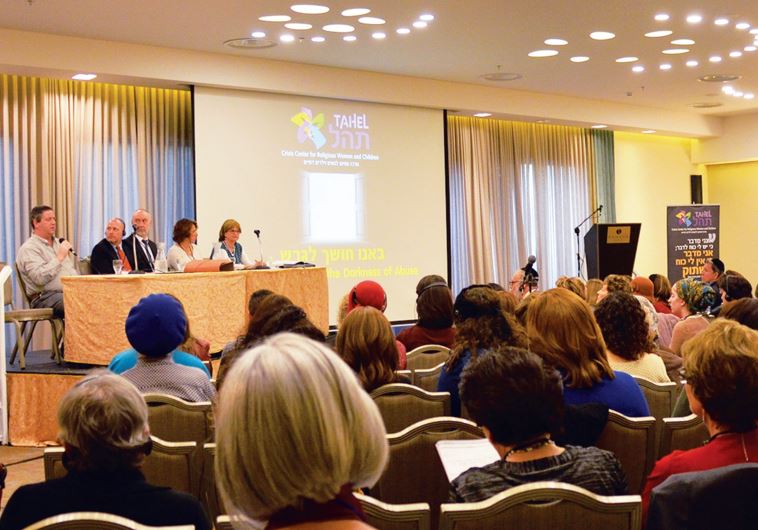Taking the matrimonial bull by the horns for Jewish divorcees
Laws that already exist can also be utilized to prevent agunot, women chained to their marraiges.
 At the Tahel – Crisis Center for Religious Women and Children conference in Jerusalem(photo credit: SHARON ALTSHUL)BySHOSHANNA KEATS-JASKOLL
At the Tahel – Crisis Center for Religious Women and Children conference in Jerusalem(photo credit: SHARON ALTSHUL)BySHOSHANNA KEATS-JASKOLL